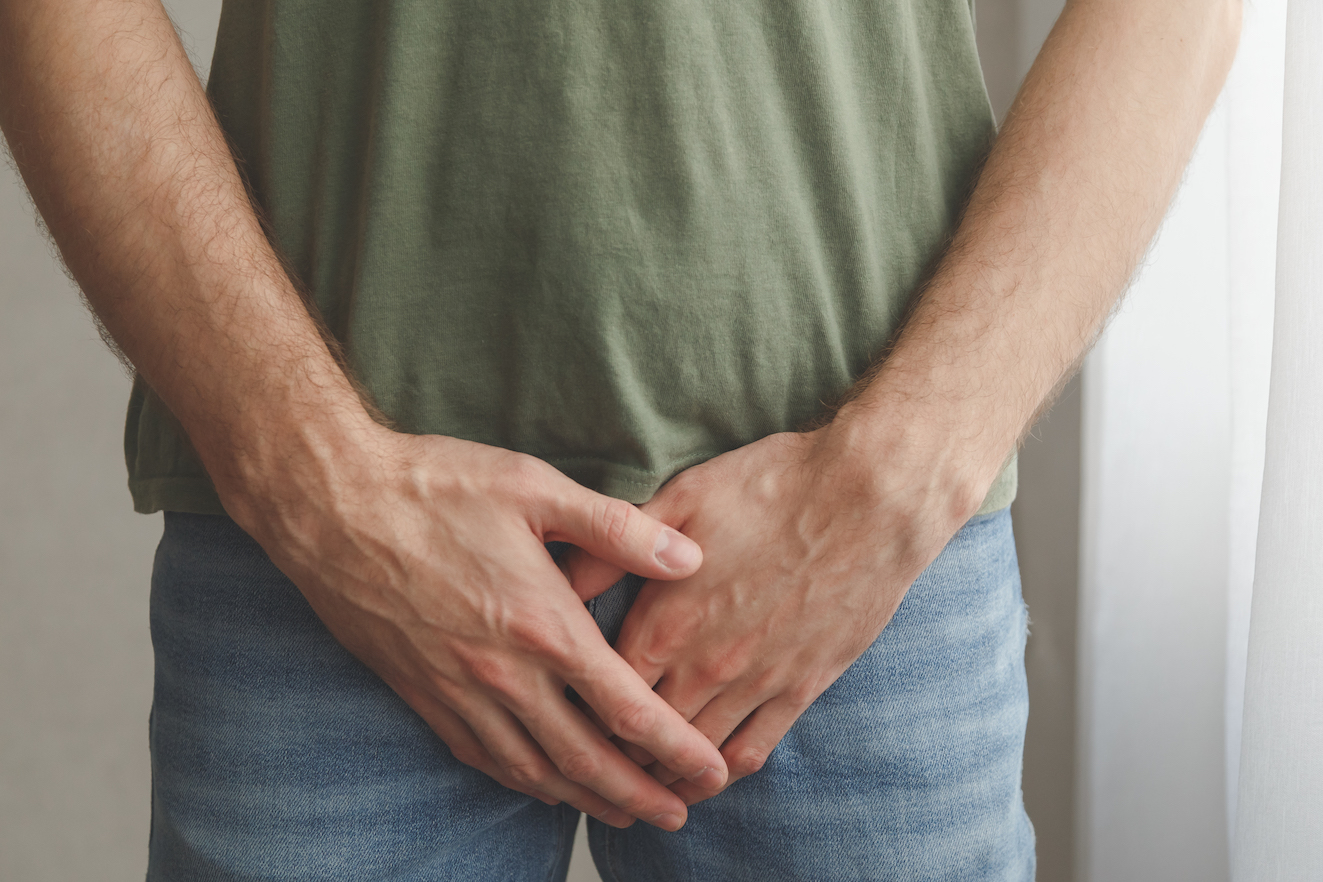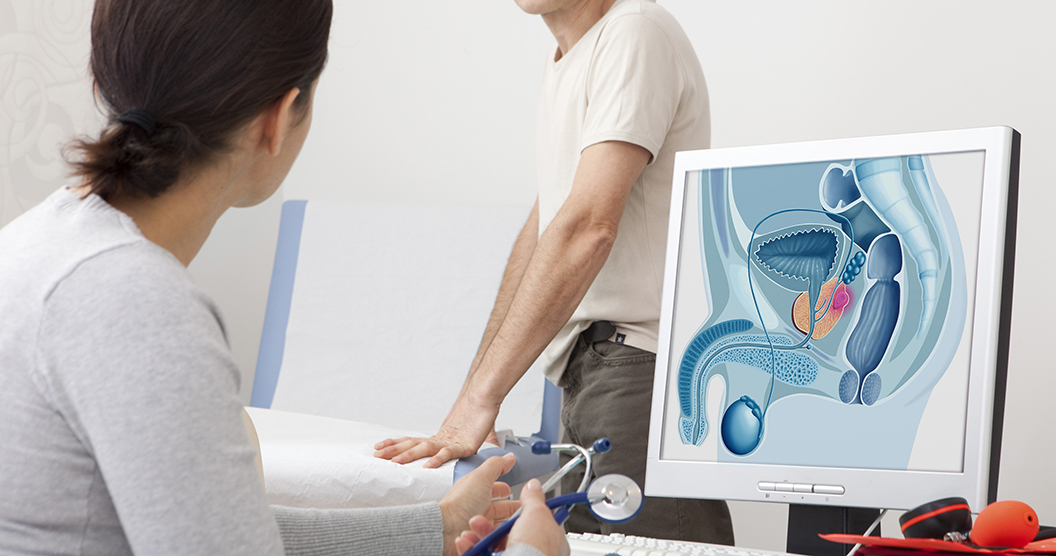Enlarged prostate, also known as benign prostatic hyperplasia (BPH), is a common condition among men as they age. It occurs when the prostate gland, located just below the bladder, grows larger and puts pressure on the urethra. This can cause a variety of symptoms, including difficulty urinating, frequent urination, and a weak urine flow.
Symptoms of Enlarged Prostate
Difficulty urinating: One of the most common symptoms of enlarged prostate is difficulty starting or stopping the urine stream. Men may also experience a feeling of incomplete emptying of the bladder.
Frequent urination: As the prostate gland presses on the urethra, it can cause the need to urinate more frequently, including at night (nocturia).
Weak urine flow: The pressure on the urethra can also cause a weak or slow urine flow. Men may also experience dribbling at the end of urination.
Urinary tract infections: Enlarged prostate can also increase the risk of urinary tract infections (UTIs) due to the difficulty in completely emptying the bladder.
Incontinence: In severe cases, enlarged prostate can cause incontinence, or the inability to control urination.
Erectile dysfunction: Enlarged prostate can also lead to erectile dysfunction, as it can cause difficulty achieving and maintaining an erection.
Treatment for Enlarged Prostate
Medications: There are several medications available to treat enlarged prostate, including alpha-blockers and 5-alpha reductase inhibitors. Alpha-blockers work by relaxing the muscles in the prostate and the bladder, making it easier to urinate. 5-alpha reductase inhibitors work by slowing the growth of the prostate gland.
Lifestyle changes: Making certain lifestyle changes can also help alleviate symptoms of enlarged prostate. Drinking less fluids before bedtime, avoiding alcohol and caffeine, and performing pelvic muscle exercises can all help reduce symptoms.
Surgery: In severe cases, surgery may be necessary to remove part of the prostate. Transurethral resection of the prostate (TURP) is a common procedure that involves removing a portion of the prostate through the urethra.
Laser therapy: Another option is laser therapy, which involves using a laser to shrink the prostate and reduce symptoms. This is a less invasive option than surgery.
Prostate Cancer Screening: Men with enlarged prostate are at a higher risk of prostate cancer. Therefore, it is important for them to undergo regular prostate cancer screenings to detect any potential issues early on.
Enlarged prostate can cause a variety of uncomfortable symptoms, but there are several treatment options available to alleviate them. Medications, lifestyle changes, surgery, and laser therapy are all effective methods for treating enlarged prostate. It is important to speak with a healthcare provider to determine the best course of treatment for an individual’s specific case. Additionally, men with enlarged prostate should also undergo regular prostate cancer screenings to detect any potential issues early on.

 Home
Home Health
Health Diet & Nutrition
Diet & Nutrition Living Well
Living Well More
More












